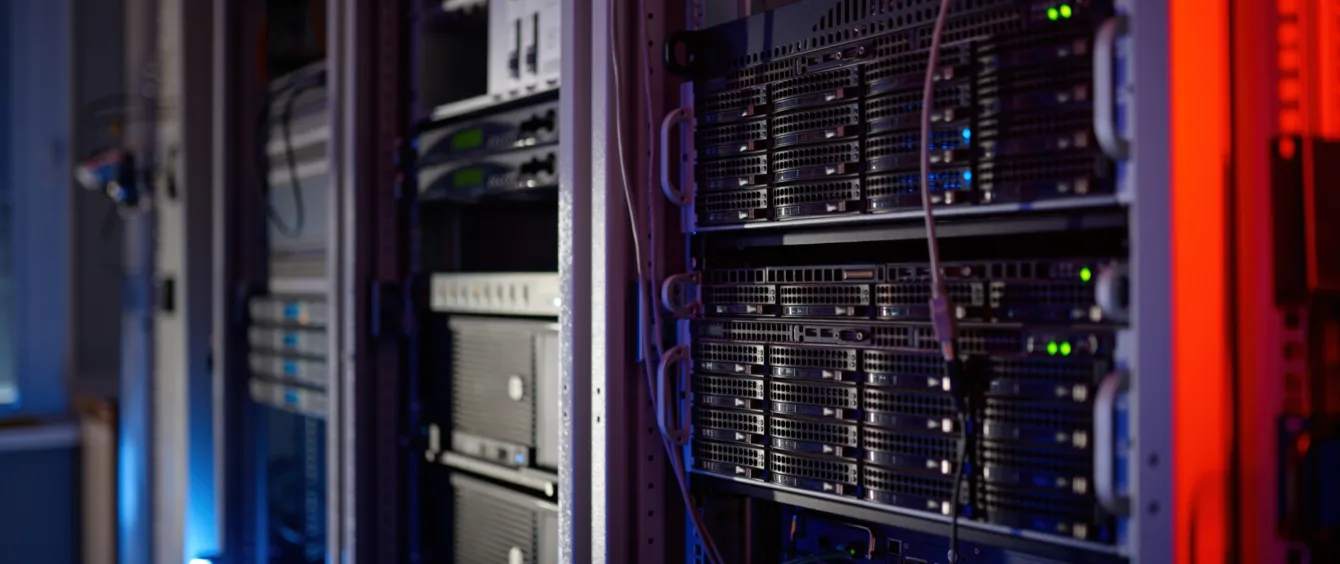Digitisation and the energy transition are two of the biggest challenges of our time. What if one could combine them to create sustainable solutions? This is precisely what windCORES is trying to do – an innovative concept involving powering data centres directly with wind turbines.
The idea was explored and engineered by plant operator WestfalenWIND in cooperation with the Software Innovation Campus Paderborn (SICP) of the University of Paderborn, Germany. “The idea behind wind CORES is as simple as it is efficient: build power-hungry data centres where electricity is generated using climate-friendly techniques – which logically includes wind turbines,” declares Fiete Dubberke, managing director of subsidiary WestfalenWIND IT.
windCORES – the Data Centre in a Wind Turbine
The data centres are built right into wind turbines, using existing infrastructure, Dubberke explains: “There is no need to seal surfaces, erect buildings, or create infrastructure, because the buildings, electricity and fibre optic links are already there.” The concept received the German Data Centre Award for the best innovation in 2019.
The first windCORES data centre has been used by the University of Paderborn since 2018. Four IT safety cabinets were installed in the 15-metre-wide pedestal of a wind turbine’s reinforced concrete tower. They have enough computing power to serve about 12 medium-sized enterprises, which correspond to a medium-sized commercial park.
“We offer customers both standard solutions as well as room for their own hardware,” says Dubberke. “Everything is possible, from simple web servers to sophisticated virtual machines in the cloud. We can provide customised solutions, be it in clouds or colocation.”
Colocation is the term used to describe a service where space is provided in a data centre so that third parties can operate their IT systems there. Cloud computing entails the flexible provision and use of shared computing resources such as servers, data storage and applications via the Internet. It provides access to these resources from various devices without the need for sprawling facilities or substantial investment.
Pros of windCORES integration
Integrating data centres in wind turbines enables zero-emissions electricity to be used right where it is produced, which can reduce a carbon footprint considerably. WindCORES claims it has obtained a European patent for its solution.
With the help of artificial intelligence (AI) and data analysis, the objective now is to gain insight into optimising operation and minimising downtime. Another advantage specific to windCORES is the option to integrate the technology in legacy wind turbines, enabling older assets to benefit from its upside.
Sustainable solution for green digital infrastructure
Dubberke also underlines CO2 savings: “Our installations enable you to save more than 400 grammes of carbon dioxide for every kilowatt of electricity used. This translates into annual CO2 savings of over ten tonnes for just one rack with an average power consumption of three kilowatts.”
The system has already attracted users: TV streaming service Zattoo has been using a wind CORES data centre to provide carbon-neutral streaming since 2020. The next step will be the refinement of the concept with a view to meeting the IT sector’s increasingly exigent demands. One option that is being explored is to combine data centres and 5G wireless sites along motorways and train tracks.
According to windCORES, the company is planning the supra-regional expansion of the concept over the next five to ten years and to offer megawatt-class computing power.
